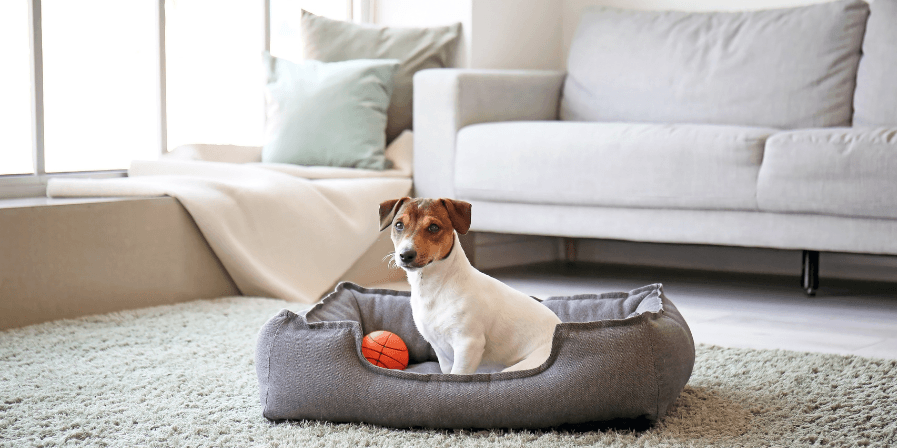Avoiding pet accidents at home

Preventing pet accidents at home requires a combination of proactive measures and ongoing supervision. Here are some tips to help you create a safe environment for your pets:
Avoiding pet accidents at home
Preventing pet accidents at home requires a combination of proactive measures and ongoing supervision. Here are some tips to help you create a safe environment for your pets:
1. Secure Hazardous Items: • Keep Cleaning Products Out of Reach: Store household cleaners, detergents, and other toxic substances in secure cabinets or high shelves to prevent pets from accessing them. • Manage Electrical Cords: Use cord organizers or conceal cords to prevent pets from chewing on them. Consider protective coverings for exposed cords. • Secure Trash Bins: Invest in pet-proof trash cans or keep bins in a cabinet to prevent pets from rummaging through and ingesting harmful items.
2. Create Safe Spaces: • Designate a Comfortable Crate: Provide a comfortable crate as a safe space for your pet. Make it a positive environment with blankets, toys, and treats. • Choose Pet-Friendly Furniture: Opt for furniture that is pet-friendly, durable, and resistant to scratches or stains. Use furniture covers for added protection.
3. Implement Proper Training: • Basic Obedience Training: Teach basic commands like "sit," "stay," and "leave it." This helps control your pet's behaviour and prevents them from engaging in potentially harmful activities. • Housebreaking: Consistently reinforce proper bathroom behaviour, especially for puppies. Establish a routine for regular outdoor breaks. • Positive Reinforcement: Reward good behaviour with treats and praise. Positive reinforcement helps pets associate good behaviour with positive outcomes.
4. Regular Veterinary Care: • Routine Check-Ups: Schedule regular veterinary check-ups to monitor your pet's health. Addressing health issues promptly can prevent accidents related to underlying medical conditions. • Spaying/Neutering: Consider spaying or neutering your pet to reduce certain behaviours, such as marking territory or roaming.
5. Outdoor Safety Measures: • Secure Fencing: Ensure that your yard has secure fencing to prevent pets from escaping. Regularly inspect and repair any gaps or damage. • Pet-Friendly Landscaping: Be mindful of the plants in your yard. Some plants can be toxic to pets, so choose pet-friendly landscaping options.
6. Provide Mental Stimulation: • Interactive Toys: Keep your pet mentally stimulated with interactive toys and puzzles. This can help prevent boredom-related destructive behaviors. • Regular Exercise: Ensure your pet gets enough exercise to expend energy and reduce the likelihood of them engaging in destructive activities.
7. Use Pet-Friendly Products: • Pet-Safe Cleaning Products: Choose cleaning products that are safe for pets. Avoid using chemicals that could be harmful if licked or ingested. • Pet-Safe Plants: If you have indoor plants, ensure they are non-toxic to pets. Some common houseplants can be harmful if ingested.
8. Supervise and Monitor: • Watch for Warning Signs: Be attentive to changes in your pet's behaviour. Excessive scratching, licking, or changes in bathroom habits can indicate underlying issues. • Supervise New Environments: When introducing your pet to a new space, supervise them until you're confident that the environment is safe.
FAQ’s:
Are accidents more common in certain breeds? • A: Some breeds may be more prone to accidents due to factors like energy levels and intelligence. However, all dogs, regardless of breed, benefit from consistent training and positive reinforcement. _ Is punishment effective for correcting accidents?_ • A: Punishment is generally not effective and can lead to fear or anxiety in pets. Positive reinforcement for proper behaviour is more successful. Redirect your pet to appropriate activities, and reward them when they exhibit desired behaviours.
By incorporating these practices into your daily routine, you can create a safer home environment for your pets and reduce the risk of accidents. Regular training, consistent supervision, and proactive measures contribute to a happy and healthy living space for both you and your furry friend.


 How can we help?
How can we help?